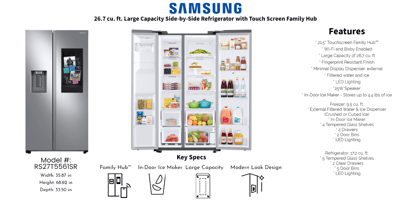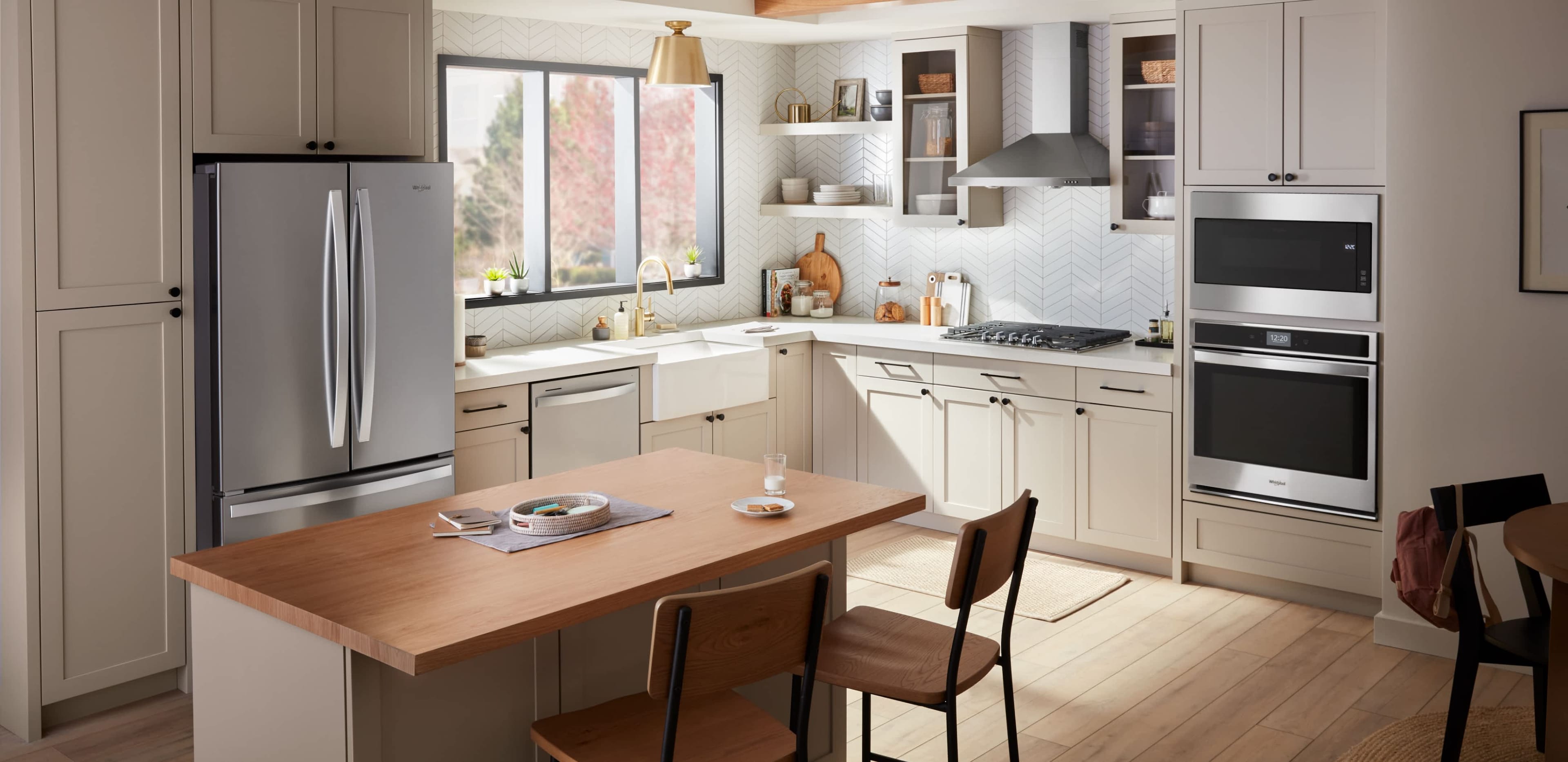Gone are the days when a smart home was considered a distant dream. With the advent of technology,...
Designing for All: The Power of Inclusive Design
Discover the importance of inclusive design in creating appliances for all abilities and explore how these appliances can enhance accessibility in every home.
The concept of inclusive design
Inclusive design is a design approach that aims to create products and environments that are accessible to and usable by people with diverse abilities. It goes beyond simply accommodating individuals with disabilities and instead focuses on designing for all users, regardless of their age, size, or ability. The goal of inclusive design is to ensure that everyone can fully participate in society and have equal access to the same opportunities and experiences.
By considering the needs of a wide range of users from the start of the design process, inclusive design can lead to products that are not only more accessible but also more intuitive, functional, and aesthetically pleasing for everyone. It recognizes that diversity is a strength and that by designing for the extremes, we can create products that work well for everyone.
Benefits of inclusive design in home appliances
Inclusive design in home appliances has numerous benefits. Firstly, it promotes independence and autonomy for individuals with disabilities or limitations. By incorporating accessibility features, such as easy-to-reach controls, adjustable heights, and tactile feedback, appliances become more user-friendly for a diverse range of users.
Secondly, inclusive design enhances safety. Appliances with features like automatic shut-off, clear and visible indicators, and easy-to-read instructions ensure that users can operate them safely and effectively.
Thirdly, inclusive design improves usability and convenience for all users. By considering different abilities and preferences, appliances can be designed to be more intuitive, efficient, and enjoyable to use. This can include features like voice control, large and high-contrast displays, and customizable settings.
Lastly, inclusive design promotes social inclusion and equality. When appliances are designed with accessibility in mind, individuals with disabilities can fully participate in household activities, fostering a sense of belonging and reducing barriers to independence and inclusion.
Examples of accessible home appliances

Click on Model for additional details: CTS90FP2NS1
There are various examples of accessible home appliances that have been designed with inclusive features. For instance, refrigerators with adjustable shelves and drawers allow users to customize the storage space to their needs and reach items comfortably. Washing machines with front-loading doors and control panels at an accessible-height make it easier for individuals with mobility impairments to load and operate the machine.
Kitchen appliances like stoves and ovens can be equipped with tactile markings and clear controls for individuals with visual impairments. Dishwashers with pull-out drawers and adjustable racks provide easier access for users with limited reach or strength.
Additionally, smart home technologies have opened up new possibilities for inclusive design in appliances. Voice-controlled assistants can be integrated into various appliances, allowing users to operate them through voice commands. This can be particularly beneficial for individuals with mobility impairments or those who have difficulty operating traditional controls.

Click on Model for additional details: ADRF244CSS
Innovation in inclusive design
The field of inclusive design is constantly evolving, leading to innovative solutions that further enhance accessibility in home appliances. One such innovation is the use of sensory feedback in appliances. For example, appliances can provide audio or haptic feedback to confirm that a command has been executed or to alert users of any issues.
Another innovation is the incorporation of artificial intelligence (AI) and machine learning algorithms in appliances. These technologies can learn from user interactions and adapt the appliance's features and settings to better suit individual preferences and needs. This can greatly enhance the usability and customization options available to users.
The development of smart home ecosystems also holds great potential for inclusive design. By connecting appliances to a central hub or network, users can control and monitor their appliances remotely, making them more accessible for individuals with mobility limitations or those who require assistance.
Furthermore, advancements in materials and manufacturing processes have allowed for the creation of appliances that are not only functional but also aesthetically pleasing. Inclusive design considers the importance of aesthetics, recognizing that products should not only be accessible but also visually appealing to create a positive user experience.
Empowering individuals with inclusive appliances
Inclusive appliances have the power to empower individuals with disabilities and limitations, enabling them to live more independently and comfortably. By providing accessible features and considering the diverse needs of users, these appliances can enhance the quality of life for individuals with disabilities.
Inclusive appliances also promote inclusivity and equality within households. When everyone can use and benefit from the same appliances, it fosters a sense of belonging and eliminates barriers to participation in household activities. This promotes social inclusion and strengthens relationships within families and communities.
Furthermore, inclusive appliances have the potential to drive societal change by challenging the traditional notion of disability. By designing products that are accessible and inclusive, we can shift the narrative around disability from one of limitation to one of empowerment and capability. This can help reduce stigmatization and create a more inclusive and accepting society for all.

.png?height=200&name=My%20project-1%20(47).png)

